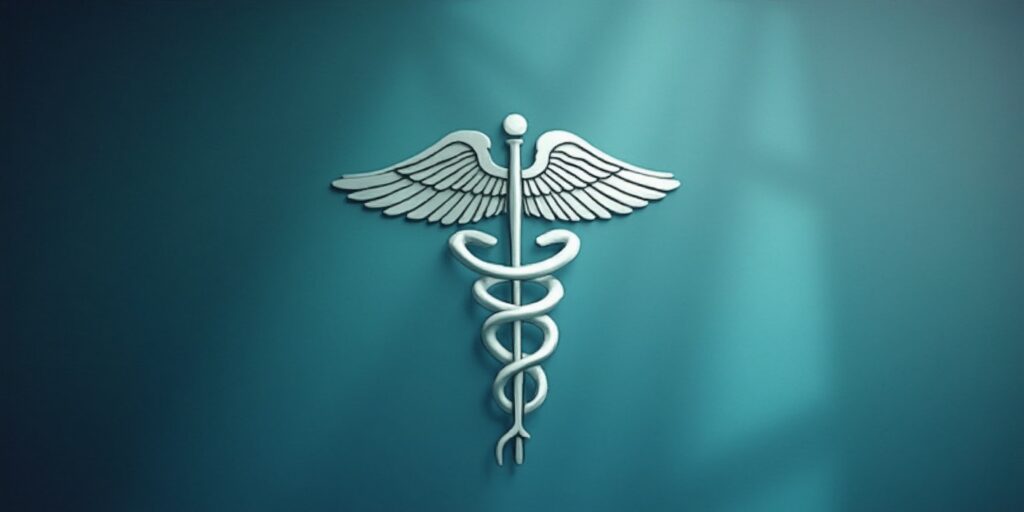Uncategorized
CategoryEducating APPS in Pain Management – A Needs Assessment
Education for APPs Healthcare Clinicians
There is well-documented evidence of the need for increased pain management education for physicians (Shipton, et al., 2018; Tran, et al., 2018). The Institute of Medicine (Institute of Medicine, 2011) and…
What is Happening with the Sunscreen Dilemma?
In 2019, the last time I spoke for Skin, Bones, Hearts and Private Parts, I blogged about the sunscreen dilemma. The dilemma was perpetuated by two studies: one which looked at the effectiveness of an SPF above 30 while the second study looked a…
Understanding the Importance of Cultural Competence in Healthcare
Cultural competence in healthcare refers to the ability of providers to understand, communicate with, and effectively interact with patients from diverse cultural backgrounds. As the population becomes increasingly diverse, the importance of cultu…
How Tech Careers are Revolutionizing Healthcare and Enhancing Patient Care
Healthcare is both built upon and resistant to change. On the one hand, doctors, nurses, and researchers lean on trusted solutions to old problems. On the other hand, technological innovations are rapidly improving the way that healthcare provider…
The High-Demand Nursing Careers and Why There’s a Shortage of Candidates
You needn’t look very far to hear stories about nursing shortages. Where once staffing issues were a problem reserved for rural hospitals or other isolated areas, now they are experienced almost nationwide. It is a pervasive issue that has been be…
The Impact of COVID-19 on Healthcare Staffing and Employment
The COVID-19 pandemic has profoundly reshaped the healthcare staffing landscape, creating unprecedented challenges and opportunities for the industry. This seismic shift has affected everything from workforce demands to employment practices, leavi…
Sustainability in Healthcare: Green Careers on the Rise
Sustainability is becoming a critical focus in healthcare, driving the demand for green careers that prioritize environmental responsibility. As healthcare organizations strive to reduce their environmental footprint, new roles and opportunities a…
Addressing Mental Health in Healthcare: Supporting the Wellbeing of Medical Professionals
The high-pressure environment of healthcare can take a significant toll on the mental health of medical professionals. Addressing mental health in healthcare is crucial for the wellbeing of providers and the quality of patient care.
The Mental He…
Navigating the Shift to Value-Based Care: Implications for Healthcare Professionals
The healthcare industry is undergoing a seismic shift from the traditional fee-for-service model to value-based care (VBC). This transition is not just changing how healthcare is delivered and reimbursed; it’s fundamentally altering the roles and …
The Role of Advanced Practice Nurses in Modern Healthcare
Advanced Practice Nurses (APNs) have become increasingly vital in today’s healthcare landscape, playing a crucial role in bridging gaps in patient care and improving overall health outcomes. As the healthcare industry evolves to meet growing deman…










